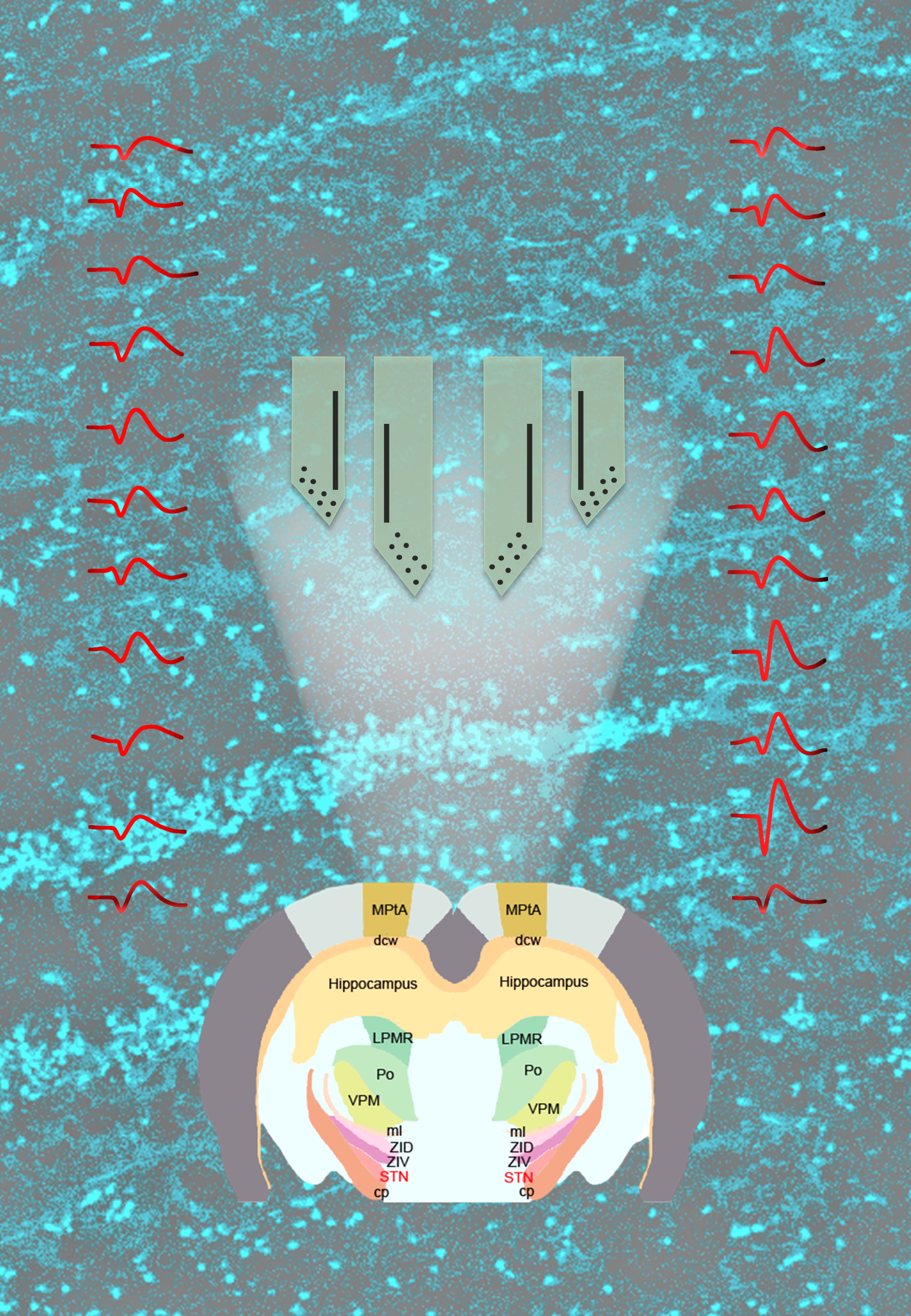Multi-Channel Brain-Computer Interface Device for Precise Deep Brain Functional Localization in Parkinson's Disease
Apr 03, 2024
Currently incurable, Parkinson’s disease (PD) is a neurodegenerative disorder that affects millions worldwide. While deep brain stimulation (DBS) targeting the subthalamic nucleus (STN) proves highly effective in managing the motor symptoms of PD, precision in targeting the diminutive and deeply located STN poses considerable hurdles for medical professionals.
In a recent study published in the Bio-Design and Manufacturing on Feb. 22, a research group led by Prof. WU Yirong from the Aerospace Information Research Institute (AIR) under the Chinese Academy of Sciences (CAS) has unveiled a new method for improving deep brain stimulation treatments for PD, focusing on the STN - a critical area for managing the disease's symptoms.
These researchers designed and fabricated 16-site microelectrode arrays (MEAs) shaped to match the STN in rats. These arrays, featuring multi-channels and high spatiotemporal resolution, enabled in-situ detection of neural information in both healthy and damaged sides of Parkinson's rats, including STN and adjacent nuclei.
Compared with the healthy hemisphere, the STN on the damaged side showed elevated rates of action potential discharge, increased action potential amplitudes and heightened power in local field potential, accompanied by violent oscillations within the β frequency band. The pattern recognition of these distinct signals enables real-time, precise functional localization of the STN at the cellular level.
This method holds promising applications for preoperative surgical planning and intraoperative precise localization in neurosurgery, including conditions like Parkinson's disease, epilepsy, and major depression.

A diagram of microelectrode array for precise deep brain functional localization. (Image by AIR)
Contact: luyq@aircas.ac.cn



News & Events